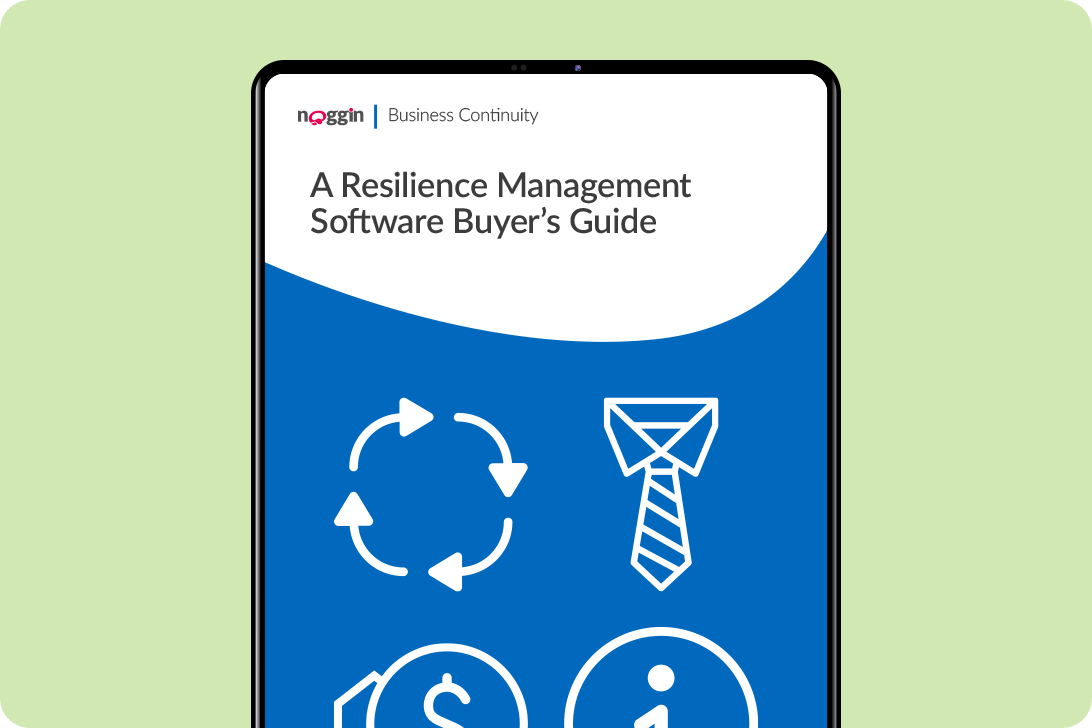Six Steps to Effective Contractor Relationship Management
You’ve read it before, but the nature of the modern workforce is changing and it’s changing fast. Nowadays, most companies, whether a Fortune 500 firm, a gritty start up, or a mom and pop, will employ third-party contractors to perform any number of essential business tasks.
In many respects, the U.S. is leading the way. The U.S. contractor labor force numbers anywhere between 10 and 20 million workers. And those numbers are growing fast. There are some projections that show that within the decade, the contractor labor force will account for a whole half of the U.S. labor force.
The allure of third-party workers to help host companies maintain their critical production facilities and assets is pretty clear. Host businesses achieve lower internal labor costs, more flexibility, especially without having to directly oversee management.
But companies who think that they can quickly onboard new contractors and easily achieve critical business benefits are living in a fantasy realm. Developing that kind of cooperative, productive, maximally-profitable relationship with a contractor will take plenty of time, effort, and planning. Not looking to put in the effort? Things can get much worse. The cost of a bad contractor relationship, high fines and even jail time for companies whose contractors flout work health and safety regulations.
Even the companies who want to invest in a solid contractor relationship might not have the internal personnel and experience. Good intentions aside, those companies will still risk losing time, money, productivity, and even eroding their core safety culture(s). Don’t compromise your business model. Instead, start building up your contractor relationship management competency by adopting these seven steps:
-
- Invest more time in contractor prequalification when making procurement decisions; or work with a qualified third party.
- Perform more thorough vetting of contractors through clear performance indicators outlined ahead of time.
- Be as detailed as possible about the scope of work in the contract.
- Have a dedicated team or manager monitor contracted work from tender to post-job evaluation. In addition to ensuring work health and safety compliance, that team or manager should:
- Address issues that arise during the contract process, either personally or by engaging a suitably qualified person within the business.
- Consistently solicit updates on lagging and leading indicators of contractor performance to identify areas for improvement.
- Clearly communicate corporate safety values to contracted workers during orientation and training.
- Go beyond baseline compliance, by requiring contract employees to pass stringent orientation tests before working on site.
- Maintain proper permitting and certification standards for contract employees in a centralized database.
- Perform frequent job assessments to ensure contract employees continue to meet work health and safety obligations.
For those not trained as work health and safety experts, regulations governing the relationship between host business, contractor agency, and contractor can be difficult to comprehend.
---
For more great resources from Noggin, visit our Resources Center.



